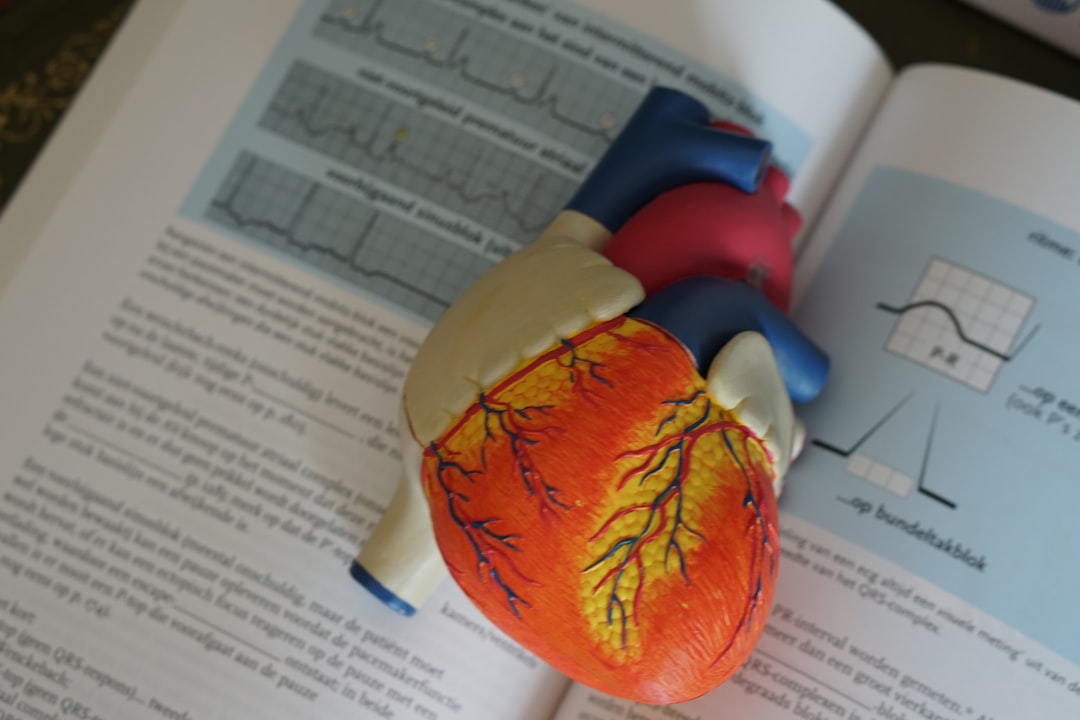What is it about?
A magnetic skyrmion is a kind of vortex-like topological magnetic texture, existing in chiral magnets, induced by noncentrosymmetric interactions. The small size (from 10s to 100s nm) and topological stability of magnetic skyrmions make it very potential for next-generation electronic devices. Ferromagnetic materials-based magnetic skyrmions have topological charges and effective magnetic fields, making them detectable through the topological Hall effect (THE). On the other hand, antiferromagnetic materials-based magnetic skyrmions have a pair of canceled effective fields and topological charges, which leads to vanished THE and makes it hard to detect antiferromagnetic skyrmions electrically, like a ‘magnetic black hole’. We report a new method to detect antiferromagnetic skyrmions through a tunneling magnetoresistance called non-collinear magnetoresistance (NCMR). Our results show that a robust NCMR was detected at the temperature range where the antiferromagnetic skyrmions are expected to exist. The NCMR coupled with the vanished THE suggests the existence of antiferromagnetic skyrmions.
Featured Image

Photo by Aman Pal on Unsplash
Why is it important?
Ferromagnetic skyrmions with effective field and topological charge are easy to detect, for the same reason, they cost a lot of energy to create, drive and manipulate at a low speed. Antiferromagnetic skyrmions become important because they don’t show effective field and topological charge, which will reduce the energy cost to drive and manipulate them at a high speed compared with ferromagnetic skyrmions. Thus, antiferromagnetic skyrmions are necessary for skyrmion device applications. Nevertheless, the vanished effective field and topological charge become a problem for the detection of antiferromagnetic skyrmions. we use NCMR to detect antiferromagnetic skyrmions, which won’t vanish even if the effective field of skyrmions is channeled antiferromagnetically. Our report shows a new method to detect antiferromagnetic skyrmions through tunneling magnetoresistance, which is also connected to the skyrmion device applications.
Perspectives
Our report solved the key problem of the electrical detection of antiferromagnetic skyrmions and started a new stage for research of skyrmion device applications.
Bowen Qiang
Read the Original
This page is a summary of: Magnetic and transport properties of chiral antiferromagnetic Co2−xPdxMo3N thin films, AIP Advances, February 2023, American Institute of Physics,
DOI: 10.1063/9.0000454.
You can read the full text:
Contributors
The following have contributed to this page










